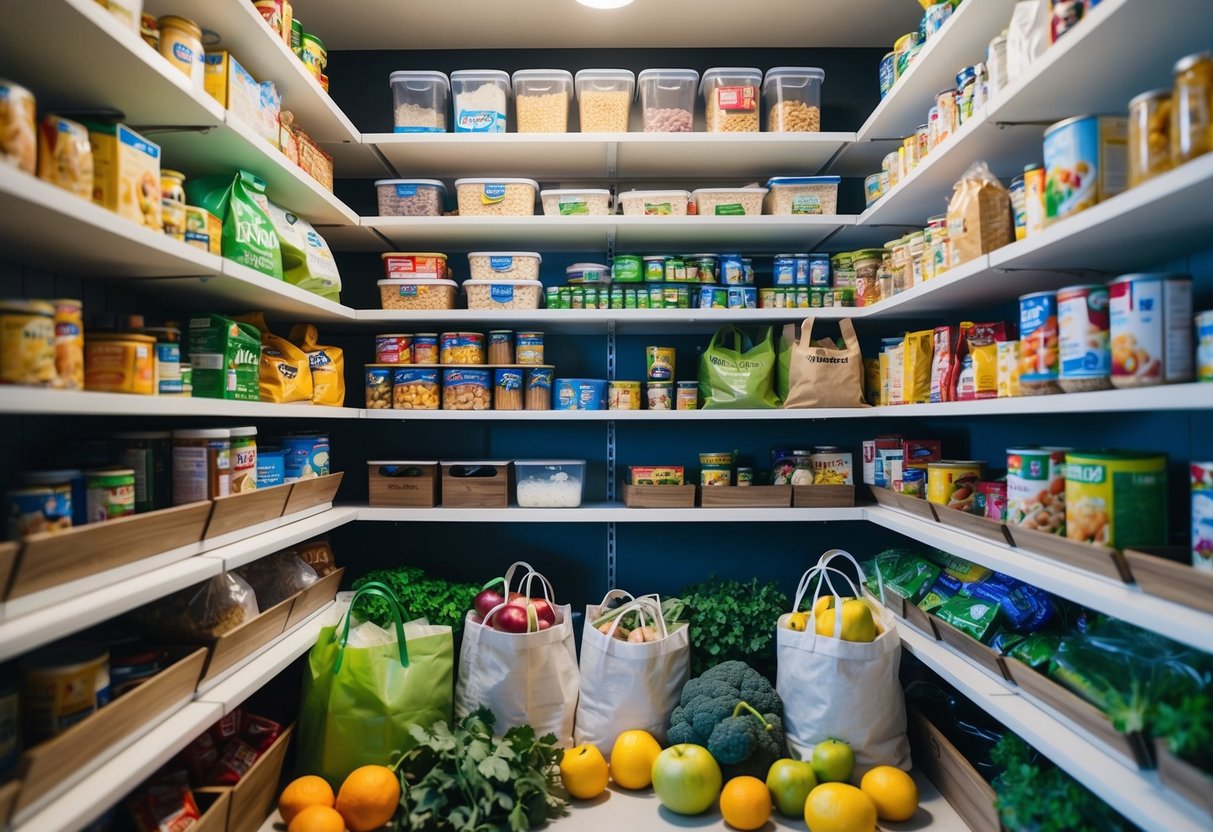Clever Grocery Shopping Hacks: Eat Well Without Breaking the Bank
Selecting Seasonal Vegetables and Fruits
Choosing seasonal produce is vital for cost efficiency and nutritional value. Seasonal items are often more abundant, leading to lower prices. For instance, strawberries and cherries are typically fresher and less expensive in early summer. In autumn, pumpkins and squash are plentiful and affordable. Opting for locally grown produce in season ensures better taste and higher nutritional content. Local farmers’ markets are excellent venues for fresh and reasonably priced fruits and vegetables. A quick search or visit to these markets might result in delightful discoveries of produce varieties less common in larger grocery stores. Understanding local harvest patterns can make a significant difference in optimizing your produce purchases.
Storing Fresh Produce to Extend Shelf Life
Proper storage techniques are essential in extending the shelf life of fresh produce and reducing waste. Leafy greens should be kept in the vegetable drawer wrapped in a slightly damp paper towel to maintain moisture without causing rot. Root vegetables like potatoes and onions should be stored in a dark, cool area, while most fruits should be placed in the refrigerator to retain freshness. Bananas, tomatoes, and citrus fruits are best left at room temperature but separated to prevent overripening. Ensuring proper airflow in your storage spaces can also enhance the lifespan of produce, providing an extended opportunity to enjoy fresh flavors without unnecessary waste.
Leveraging Frozen and Canned Options

Frozen and canned goods offer both convenience and value. They retain nutrients and are often more affordable than their fresh counterparts. These options also provide a way to enjoy a variety of foods regardless of the season, contributing to an economically smart meal plan.
Benefits of Frozen Foods for Nutrient Retention
Frozen produce is harvested at peak ripeness, immediately locking in vitamins and minerals through quick freezing. This method of preservation ensures that nutrients are retained, often in higher levels compared to fresh produce stored for extended periods. Nutrient density makes frozen options a valuable addition to daily meals and helps incorporate essential nutrients without compromising quality.
Purchasing frozen fruits and vegetables can be a strategic move. They allow for flexible meal planning, as these items can be stored for months without spoiling. This longevity reduces food waste and provides a steady supply of ingredients readily available for impromptu cooking sessions. Frozen foods can be economical, reducing the need for frequent trips to the grocery store.
Strategic Use of Canned Goods in Meal Prep
Canned goods are indispensable pantry staples, offering an economical way to add variety and nutrition to meals. Canning preserves the flavor and nutritional value, making it a viable option for long-term storage. Items like canned tomatoes, beans, and fish can diversify recipes and are crucial in maintaining a healthy diet.
Incorporating canned vegetables into soups, stews, and casseroles provides convenience and saves preparation time. Using these items in meal prep helps prepare substantial and nutritious dishes efficiently. They are readily available, cost-effective, and contribute significantly to meal sustainability through their extended shelf life, ensuring ingredients are always on hand when needed.
Stocking the Pantry with Essentials
A well-stocked pantry is vital for preparing affordable and nutritious meals. Keeping key items on hand ensures flexibility in meal planning while allowing shoppers to take advantage of discounts on bulk purchases.
Identifying Pantry Must-Haves
When stocking the pantry, focus on versatile ingredients that can be used in a variety of dishes. Whole grains like rice, quinoa, and oats are essential due to their long shelf life and nutritional value. Canned goods such as beans, tomatoes, and broth serve as the foundation for soups and stews. Herbs and spices, though small, bring flavors to life and eliminate the need for costly takeout.
Dry pasta, nuts, and seeds offer a balance of carbohydrates and healthy fats. Storing cooking oils like olive or canola is crucial for preparing a range of recipes. Flours, sugars, and baking essentials are invaluable for both sweet and savory meals. Carefully selecting these staples provides a reliable base for myriad culinary creations.



